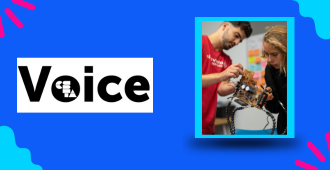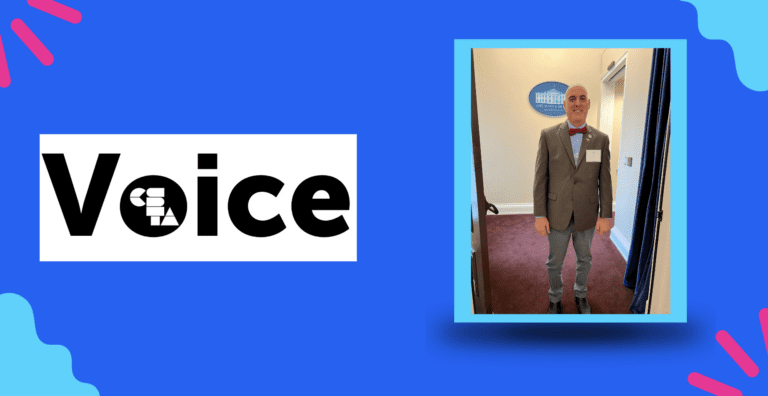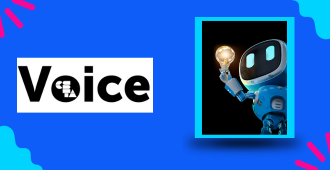
As schools across the country cease providing in-person instruction, teachers are moving their classes and resources online.
Full Story
As schools across the country cease providing in-person instruction, teachers are moving their classes and resources online. Applying proactive universal design practices in this transition can make your teaching and learning activities more welcoming and accessible to all students, including those who have disabilities related to vision, hearing, mobility, learning, attention, communication, and mental health. Some considerations for students with disabilities are different in an online classroom than in an in-person classroom.
AccessCSforAll, which is funded by the National Science Foundation, works to increase the accessibility of K-12 CS education, has created a variety of resources you can consult to Make Your Online Course Accessible for All. To apply a universal design framework to teaching and learning activities, offer students multiple ways to learn (by watching a video, by reading the textbook, by interacting in an engaging lesson), demonstrate their learning (by writing about what they have learned, by creating a model or presentation, by taking a quiz), and interact with you and their peers (in a discussion forum, in small groups, in individual interactions with you). A few suggestions are to
-
Share with students and parents suggestions such as those in the publication Online Learning Strategies for Students with Disabilities.
-
Solicit feedback from your students and their parents about whether they are encountering any accessibility barriers.
-
Provide clear expectations in an organized manner.
-
Help students with time management and other executive functioning skills.
-
Provide feedback to students and allow for corrective opportunities.
-
Use captioned videos.
-
Make sure online documents and tools that you use are designed to be accessible to individuals with disabilities. Consult resources such as AccessSIGCHI’s content on videoconferencing technology accessibility, including Microsoft Teams, Zoom, Google Meet, and WebEx.
These suggestions are examples of the universal design of instruction, which refers to the proactive design of teaching and learning to make it accessible, usable, and inclusive of students with diverse abilities, interests, and other characteristics. Universal design strategies benefit all students in your class, not just those with disabilities.
About the Authors
AccessCSforAll is a research-practitioner partnership that works to increase the successful participation of students with disabilities in K-12 computing. This work is led by teams at the University of Washington and the University of Nevada, Las Vegas in partnership with many of the current and future National Science Foundation computing education grantees, K-12 computing educators, and developers of accessible tools and curricula to maximize the impact of their work.



